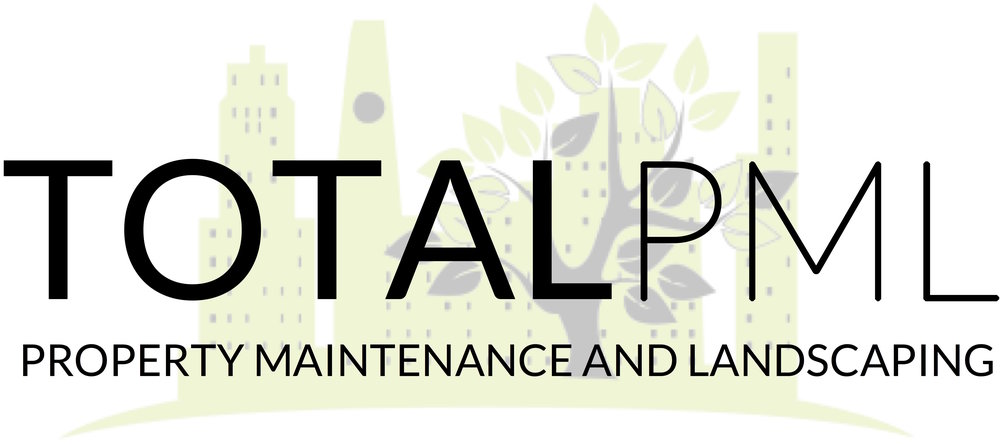Having good curb appeal will attract new tenants and keep EXISTING tenants satisfied. Here are a few tips for improving your curb appeal!
1. Invest In Quality Maintenance, Tree Work, And Improvements
Keeping your property well-maintained is essential for keeping tenants and attracting new ones, because people want to be proud of the place they call home. For instance, a well-kept lawn that is manicured and healthy is crucial because it makes your property look soft and inviting. You will also want to keep trees and plants consistently trimmed. Too often, landscaping maintenance, improvements, and tree work items fall at the bottoms of budgets. Depriving your landscaping budget is a mistake because quality landscaping is an investment that pays off threefold. Investing in landscaping maintenance, improvements, and tree work items attract new tenant, improves the satisfaction of your current tenants, and items like adequate tree work, can prevent injury, incidents, and decrease liability.
It starts with the basics, well kept grass and trimmed bushes keep your curb appeal looking manicured.
2. Use Annuals For Color And Brightness
We suggest adding some annuals to your flowerbeds. Utilize flowers or plants that compliment your color scheme. This will not only adds warmth, but makes your buildings stand out. Some great annuals for Florida are marigolds, geraniums, zinnia and impatience. Butterfly milkweed is also a nice one with its bright orange flowers that attract butterflies. Azaleas are also good because they come in many colors and have that beautiful honeysuckle smell. Your landscaping and maintenance company can provide you will a selection of seasonal annuals and recommendations for the annuals that best suit your properties specific needs.
Purple Salvia and pink Begonias are used to soften the hard exterior of this building and adds much needed brightness and color.
3. Create Unique Greenspace’s
An inviting greenspace is very important, yet often overlooked. One idea would be low maintenance gardens with surrounding benches where people can enjoy the outdoors, along with play areas and open spaces for children. Planter boxes around community areas such as swimming pools and picnic areas are always a nice touch because these are gathering areas for families and friends. Greenspaces are another example of a landscaping item that attracts new tenants and improves the satisfaction of your current tenants.
Greenspaces provide a relaxing and peaceful retreat.
4. Light Up Your Property
People like to feel safe where they live. When considering a property many people drive by at night just to see if it is well lit and feels secure. Adequate outdoor lighting not only provides safety but is also a great way to accent your buildings and grounds. You can easily add small lights to your landscaping which will showcase your plants, turning your property into a magical place for people to call home.








